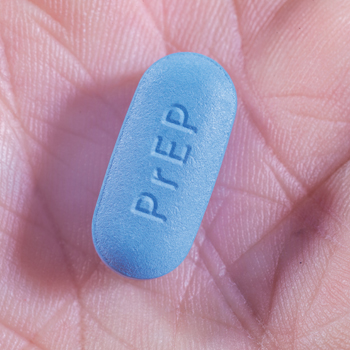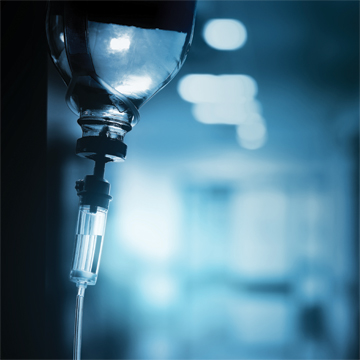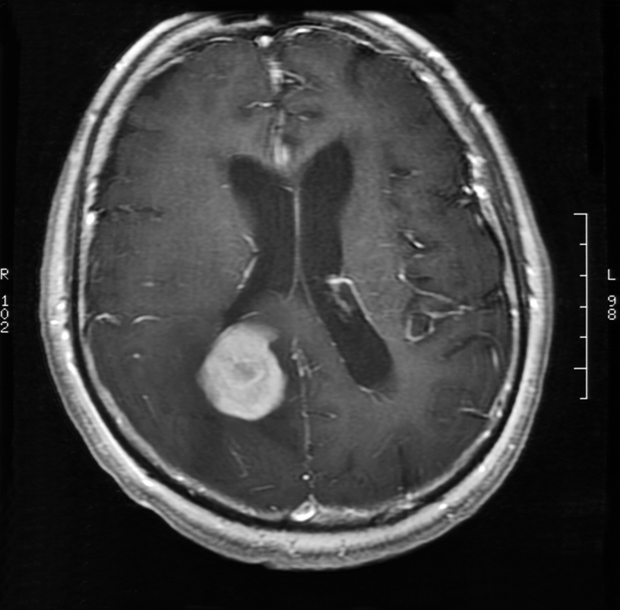Many med students unprepared as PrEP prescribing increases
Limited knowledge, beliefs, and experiences regarding pre-exposure prophylaxis for HIV have improved among current clinicians, but medical students haven't seen the same experience.
There's good news and bad news when it comes to HIV prophylaxis.
First, the good news. Pre-exposure prophylaxis (PrEP) prescribing increased by nearly 1,000% between 2014 and 2016 at ambulatory care practices in New York City, possibly due to a public-awareness campaign, according to study results presented in October 2017 at IDWeek in San Diego. While encouraging, the study wasn't completely positive, as researchers found room for improvement in addressing disparities between certain patient and practice groups.

The bad news came from another study, also presented at IDWeek, which surveyed about 1,600 medical students from 18 schools across the country about their PrEP knowledge. Researchers found that about 30% of medical students had never heard of PrEP and that about 50% of all students and about 20% of graduating fourth-year students said they had not been taught about PrEP during medical school.
As they presented their findings, the authors of both studies offered insights on what should be done to expand patients' access to PrEP and prevent future cases of HIV.
Medical education
The first PrEP regimen, emtricitabine/tenofovir disoproxil fumarate (Truvada), was approved by the FDA in 2012. Around that time, studies found that physicians and other health care professionals had limited knowledge, beliefs, and experiences regarding PrEP, said Brandon Imp, MD, an internal medicine/preventive medicine resident at Kaiser Permanente in San Francisco and lead author of the medical student study.
But clinicians have become more aware over time. “Every year, new studies are coming out showing that those domains are increasing, so there's overall this positive trend,” said Dr. Imp.
However, past studies have also suggested that PrEP remains underutilized, he said. Because increased knowledge and positive beliefs and attitudes toward PrEP were associated with PrEP prescribing, previous researchers commonly recommended increased education. “Some of them went as far as to say as early as medical school,” Dr. Imp said.
Having recently completed medical school himself, he and colleagues searched for studies that assessed medical students' awareness of PrEP and came up empty. “Then we went a step further and looked at the national curriculum recommendations, and we saw that they do not include PrEP education for medical students,” Dr. Imp said.
So his team sent a survey to thousands of medical students and received responses from 1,588 students whose home states spanned the country and abroad. “They actually came from a variety of places,” said Dr. Imp. “Almost every single state in the United States was represented, and 19 countries outside the U.S. were represented as well.”
The survey probed about several aspects of PrEP knowledge, from students' exposures to patients living with HIV to their experiences with PrEP prescribing. About one in 10 had recommended PrEP to a patient or in a presentation, and a similar proportion had had patients ask them about PrEP.
To test students' knowledge, the survey also asked them about 10 basic PrEP facts, such as how often the medication is taken and which lab test must be completed before initiating PrEP. “What we found was a bell-shaped distribution: From 0 to 10 correct, the majority were right in the middle, with five correct,” said Dr. Imp.
Finally, the survey assessed students' beliefs about PrEP. “It was reassuring to see that almost everybody believed that patients would benefit from knowing about PrEP,” Dr. Imp said. “However, about one out of 10 somewhat or strongly disagreed with the statement that ‘Patients will adhere to PrEP enough to prevent infection.’”
In addition, about 57% of respondents believed that behavioral intervention should be attempted before prescribing PrEP, and about 22% were concerned that PrEP is not effective, he said. “This kind of says to me that while students recognize the value of PrEP, they didn't understand why it's actually valuable,” said Dr. Imp.
He said opportunities to provide that understanding in medical school exist during the preclinical curriculum (e.g., the infectious disease block, required courses in internal medicine) and the clinical curriculum (e.g., internal medicine, obstetrics and gynecology, family medicine), as well as in extracurricular settings. “There is a lot of room for improvement for education of medical students, who are the next generation of physicians, to learn about PrEP,” Dr. Imp said.
Public awareness campaigns
Another way to increase the use of PrEP is by educating the public. For example, New York City has in recent years scaled up its public-awareness efforts, such as the “#PlaySure” social marketing campaign, which promotes combination HIV-prevention strategies, including PrEP.
To inform campaigns like this, the health department monitors PrEP prescribing in the city. To evaluate prescribing trends, department researchers analyzed EHR data from 602 ambulatory care practices from quarter 1 (Q1) of 2014 to quarter 2 (Q2) of 2016. About two-thirds of the patient visits in the sample were to independent practices, and other practice types included community health centers and hospital outpatient clinics, noted lead author Paul Salcuni, MPH, lead data analyst for the New York City Department of Health and Mental Hygiene.
In the sample of practices, the overall rate of PrEP prescription per 100,000 patients increased from about 39 in Q1 2014 to about 419 in Q2 2016, a 976% increase. By the end of the study period, male patients claimed about 95% of all PrEP prescriptions and were about 13.5 times more likely than women to be prescribed PrEP.
After adjusting for other factors, researchers found that younger men (ages 18 to 29 years) were 2.8 times more likely to be prescribed PrEP than their older counterparts, and men of color were about half as likely as white male patients to be prescribed PrEP, noted Mr. Salcuni.
Practice-level factors associated with PrEP prescribing were Manhattan location (8.5 times more likely than practices outside of Manhattan), community health center status (five times more likely than independent practices), and the presence of an infectious disease subspecialist (eight times more likely than without).
Although the study lacked data on prescription filling and use and its results may not be generalizable to all New York City practices or to those outside of the city, it implies the success of local public-awareness efforts, Mr. Salcuni said. “This sustained increase in PrEP prescribing may suggest the success of campaigns that we and other people in New York are operating for patients and for providers to promote PrEP uptake,” he said.
However, the study also highlights sex- and race-based disparities in prescribing rates, said Mr. Salcuni. “Comparative to white men, low prescribing to men of color, despite their overrepresentation in the HIV epidemic, must continue to be addressed,” he said.





